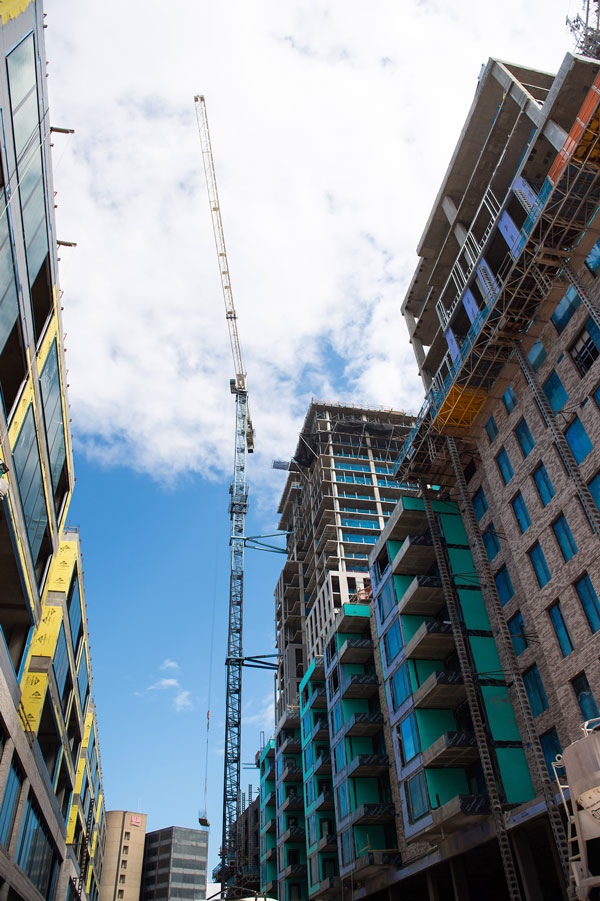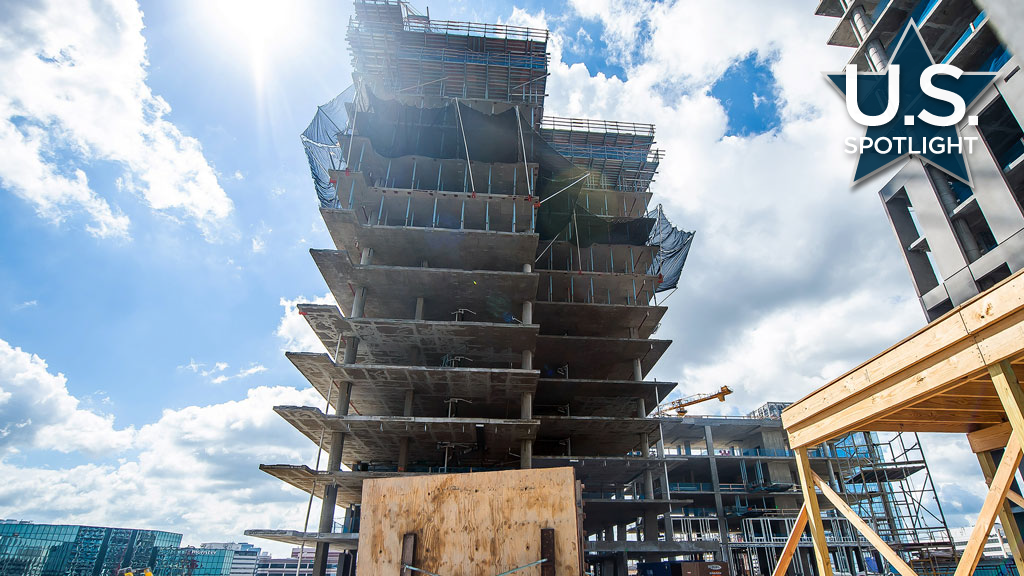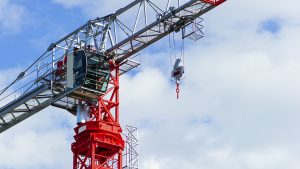The climate for builders and contractors in New York State is the worst in the nation, according to a report released by the Associated Builders and Contractors (ABC).
While the construction industry in New York is vibrant and growing, earning a C grade in the report, things could be better and the state gets F grades in several categories, according to Brian Sampson, president of the ABC’s Empire State Chapter.
The report comes up with scorecards on each state through analysis of various factors and data such as regulations and laws that impact open construction markets.
“I’m surprised that we are dead last…but these are not unique or new challenges to the state of New York.”
Sampson says the association’s ninth annual report on construction across the U.S. concludes New York State’s laws are “more supportive” of unionized construction than non-unionized.

The problem is, he adds, roughly 75 per cent of New York’s construction workers are not in a building trade union.
Among the association’s key concerns is New York State’s “massive expansion” of project labor agreements (PLAs) on public and private construction projects, he says. The ABC also takes issue with the growth of prevailing wage standards applied to private work.
“The combination of the two makes us very unique in the country and creates a very challenging environment…for owners and developers to invest.”
Sampson says because PLAs typically require at least 75 per cent of workers to be signatory to a collective agreement, “you almost automatically restrict your workforce to at most 25 per cent of the workforce, depending on the region and the trade.”
He says some regions of the state have dramatically lower percentages of union forces. While union trades represent about 25 per cent of the workforce in New York City, in Western New York (Buffalo area) only 10 per cent of the workforce is unionized.
The percentages, which vary from trade to trade, are based on a report by the University of Miami that studies data from the Bureau of Labor Statistics.
He says all PLAs in New York require a labor study demonstrating labor savings. In some cases, unionized workers might be required to take pay and benefits cuts to meet the agreement.
“It’s not the politician or the union business agents that take a cut in pay or benefits,” Sampson adds.
While ABC’s members are merit-shop based, Sampson says the association is not anti-union.
The ABC would prefer to see contracts awarded based on the lowest qualified bid determined by the project owners and/or developers. Keep government “out of the decision-making process.”
The only A grade the ABC gave the state was for workforce development incentives. Sampson says the state provides union and non-union sectors training dollars and it has increased funding for career and technical education at high schools.
“We need to do as much as we’re doing or more and I think the state is on a path to do that and do it well,” he says.
In 2024, the ABC will continue to press for change to the state’s 140-year-old Scaffold Law and Workers Compensation Insurance reforms because they can be manipulated by workers to commit fraudulent activity that can hurt contractors, he says.
“When we can do a labor law fix, a workers’ comp fix and we don’t push PLAs and the expansion of prevailing wage to private work, we would actually do quite a bit to stimulate more investment in our roads, bridges…public infrastructure.”
Sampson adds reforms would increase opportunities to build affordable and “working class housing that is desperately needed.”
While the ABC and the state government are on the same page on the need for renewable energy and investments in the energy grid, the association would like to see the government drop the requirement for prevailing wage and the preference for PLAs on all renewable energy projects greater than one megawatt because the higher labor costs can be a factor in project cancellations.










Recent Comments